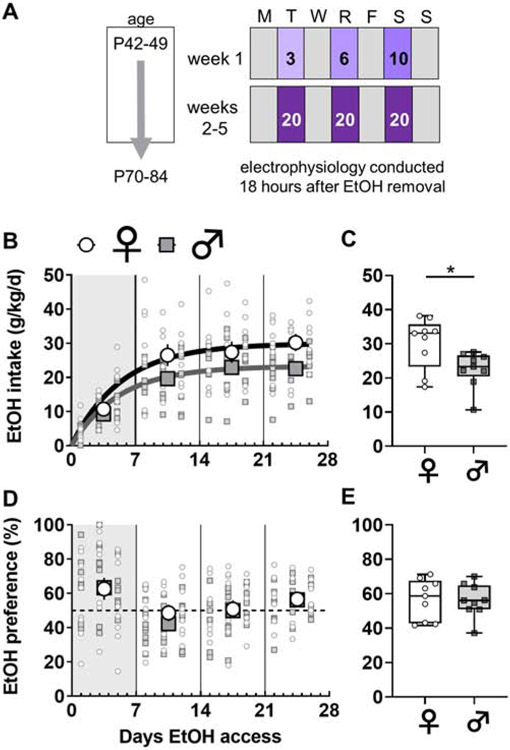Figure 1. Sex differences in voluntary ethanol consumption under an intermittent access schedule.
(A) Beginning at 6-7 weeks of age, mice underwent 4 weeks of two-bottle choice, voluntary drinking. Ethanol was provided every other day on an intermittent access (IA) schedule. The ethanol concentration was ramped during the first week and set at 20% for the duration of the study. Animals were sacrificed for electrophysiology approximately 18 hours after ethanol was removed, at 10-12 weeks of age. (B) Female mice (light circles) displayed increased ethanol intake relative to male mice (dark squares) over the duration of the study (Least squares best-fit, one-phase association: 95% confidence intervals of plateaus {27.1 to 33.6 g/kg; r2 = 0.46} vs {21.5 to 25.4 g/kg; r2 = 0.53}). N = 9 mice per group. (C) Female mice drank more during the last week of the IA ethanol paradigm (30.2 ± 2.5 vs 22.6 ± 1.7 g/kg, *: p < 0.05, Mann-Whitney U test). (D-E) No sex difference in preference for ethanol over concurrently available water across the IA ethanol paradigm or during the last week of drinking.

